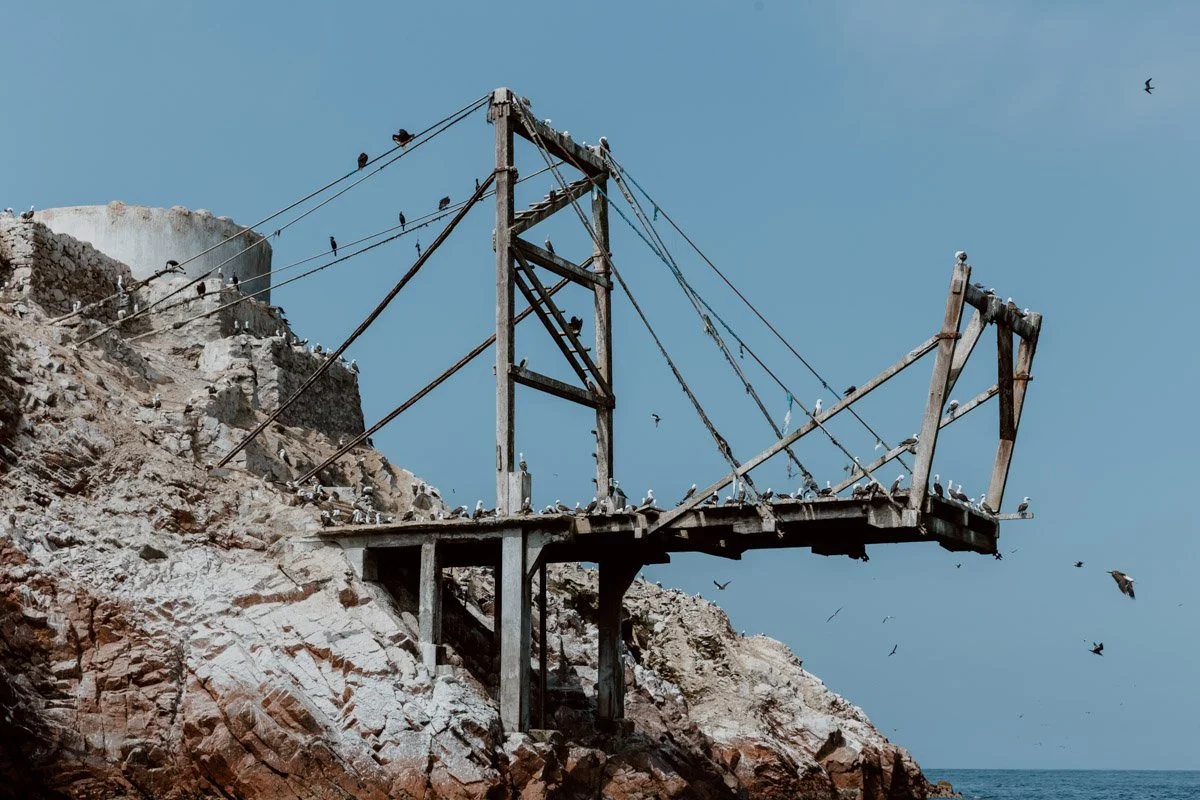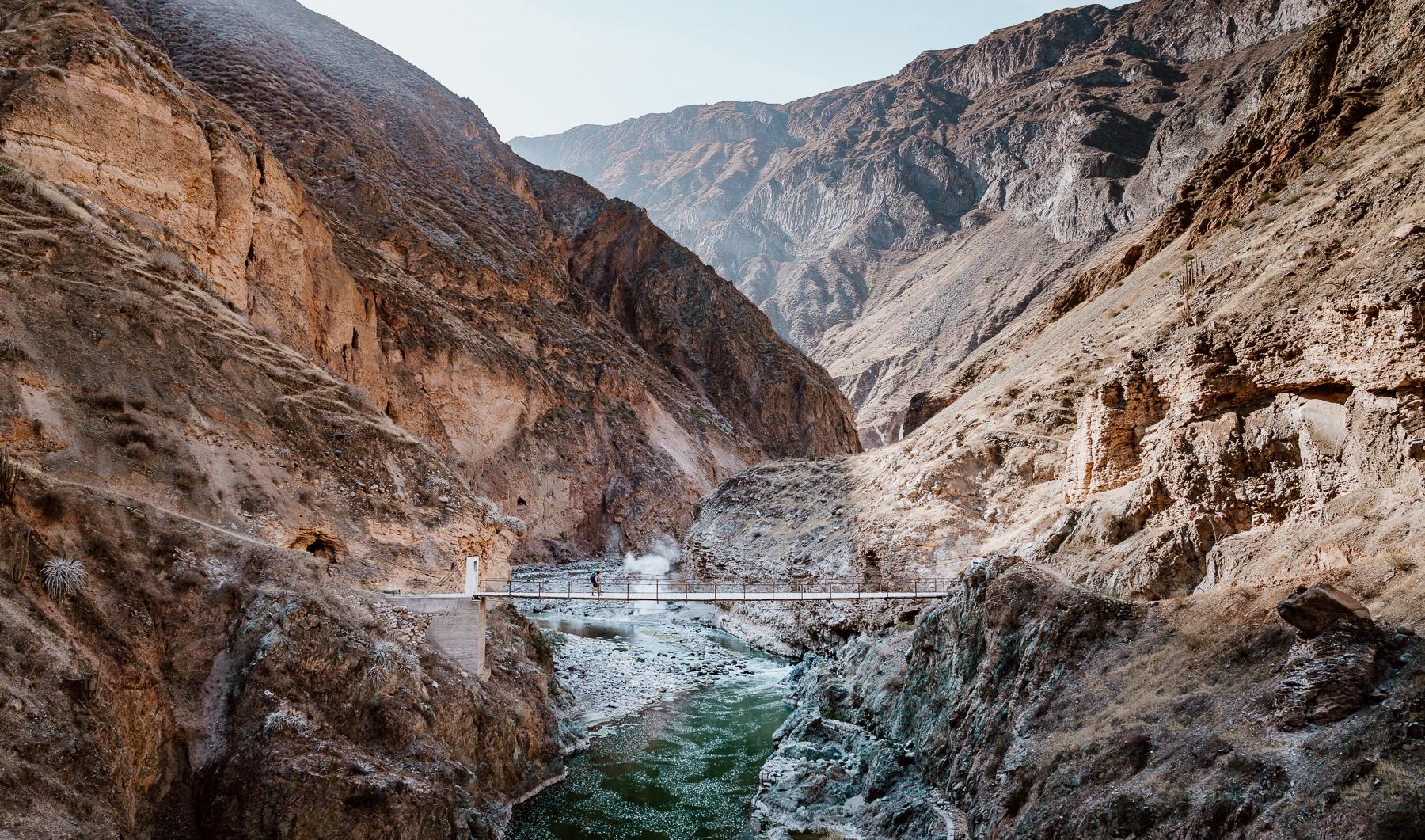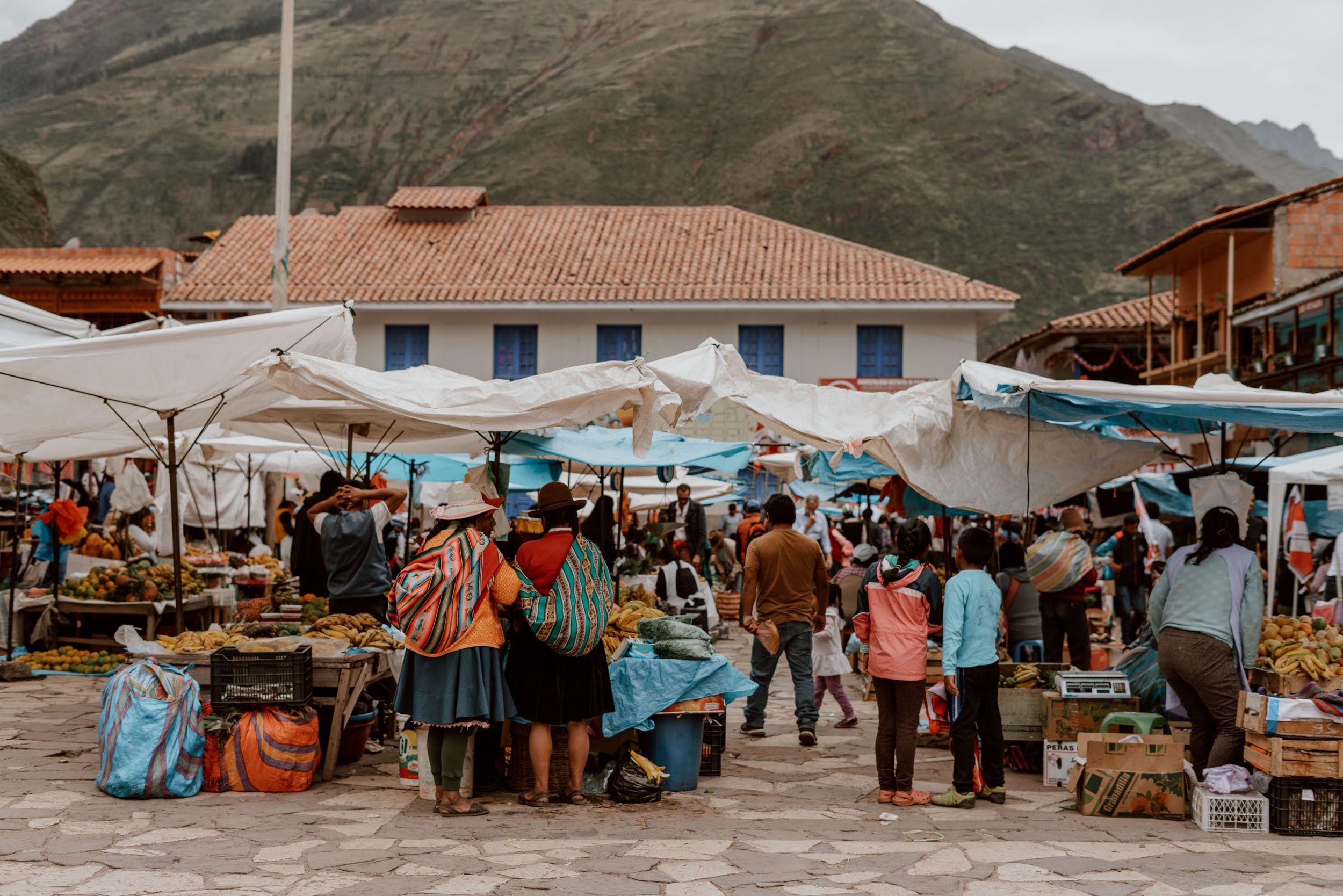Taking a Islas Ballestas tour is the most popular activity in Paracas and in this guide you’ll discover everything you need to know to gets yours sorted!
Updated September 2023
Although penguins and Peru many not feel like they should go together, on a small island cluster off the southern coast hundreds of these adorable little critters have made home.
And it’s not just them.
On Islas Ballestas, just off the coast of Paracas, are fat sea-lions, noisy cormorants, blue-footed boobies and literally thousands of birds congregating in the same spot.
With Ecuador’s Galapagos Islands out of the reach of many travellers, it’s good to know that budget alternatives like Islas Ballestas are easy and accessible options to add to your itinerary elsewhere in South America.
Although these ‘Poor Man’s Galapagos Islands’ don’t touch the real thing, a two-hour day trip to spot wildlife is always a pretty pleasant experience - and actually one of the best wildlife-watching experiences Peru has to offer.
After our own visit, we’ve created this guide to share all the essentials to plan for your own day trip to Islas Ballestas in Paracas, including information on tour prices, where to find the boat, and what to bring in the boat.
islas ballestas essentials
Where / Off the coast of Paracas, south Peru
What / Protected set of islands that are home to penguins, sea lions, birds and even whales
How / Only possible to visit on a boat tour from Paracas - can be arranged upon arrival or book online in advance
Duration / Typical tour lasts 2 hours
Stay / Our favourite hostel Paracas Backpackers' House or splash out at little at Casa Paracas
Read / Our complete guide to Paracas here
What are the Islas Ballestas and Where are they?
The Islas Ballestas are an archipelago of small islands and islets (the main ones being Ballesta Norte, Ballesta Central, and Ballesta Sur) covering an estimated area of just 0.12 km squared, that can be found 24 kilometres off of the coast of Paracas.
As we mention above, due to the wide variety of fauna that call these rocky outcrops home, the islands have been given the nickname of ‘The Poor Man’s Galapagos’. Perhaps a tad hyperbolic, but there are indeed an abundance of wildlife spotting opportunities along their shores. Expect to find the guanay guano bird (a type of very noisy cormorant), the blue-footed booby, pelicans, super cute little Humboldt penguins and two varieties of seals. If you’re lucky you may even spot a whale or dolphin!
Due to diversity of wildlife found here and the importance of safely maintaining their habitat, the Islas Ballestas become a protected area in 2009, and tourists are not allowed to step foot upon the islands. Instead, you must take a two hour guided boat tour departing Paracas from where you can safely observe the animals without negatively impacting the environment or, the wildlife themselves.
These boat tours are the main reason that most travellers visit the small coastal town of Paracas.
Update | We are aware that there was a particularly nasty outbreak of Bird Flu in this part of Peru earlier in 2023 that decimated the penguin population, killed off many other birds and even affected the sea lion population. We know of travellers that have visited since that still enjoyed the trip despite reduced wildlife numbers but it’s definitely something to aware of if planning a future trip. Should you visit after reading this post, we’d love to hear about your experience with regards to this in the comments!
How To Book An Islas Ballestas Tour
All roads leads to the small, coastal tourist town of Paracas, a four hour bus journey south of Lima.
A stay of two nights will be enough for most, but it does have enough to keep you occupied for a little longer too. For more information on what to do in Paracas and where to stay, read our Complete Guide to Paracas.
Once settled in town, it really isn’t too difficult to find an Islas Ballestas tour; there are dozens of tour companies here, most with the sole aim of selling you a short trip out to these islands, and there will be no shortage of people asking if you want to buy a ticket with them.
However, it appears that the set-up is essentially for everyone to join the same boats in the morning so there isn’t a real difference between providers.
The standard Islas Ballestas tour price is S/ 35 per person, but it is possible to find one for S/30; this is especially the case if you’ve already done a tour or bike rental with somebody and they’re open to giving a discount or if you’re visiting in Peru’s low season (October - April).
If anyone offers you a tour for less than this (and especially if it’s just a lady with a folder of pictures on the street) then be sceptical as after our conversation we think this could be a scam. As ever, when you pay up-front make sure you ask for a receipt with specific details on tour time and date.
You will need to arrange your Islas Ballestas tour in advance, especially if you intend to take the 8 am departure which is the recommended and most commonly taken one (there are a number of later departures, but the strong winds make this much less pleasant).
The good news for those arriving in the evening is that most agencies tend to be open fairly late and will always find a space for you. If you prefer to book in advance, then it is possible here or to include it with a tour to the rest of the National Reserve but prices are higher.
Note that it is not possible to visit the Ballestas Islands without a tour, and you will be in a boat for the whole tour.
In addition to the tour price, you will also need to pay two additional fees: the Paracas National Reserve entry fee (S/11) and a port tax (S/5). Both of these fees are paid on the morning of departure by the pier - the port tax at a small vestibule to the left of where you queue and the Reserve entry at a small office close by. If confused, somebody will point you in the right direction. You will need to show both prior to boarding the boat.
The tour operator may ask that you meet them at their offices before 8am, in which case they’ll show you where to buy the above and will walk you to the boat pier.
If you have already visited the National Reserve during your time in Paracas, then your already purchased ticket should be good for this trip, meaning you only need to pay the port tax.
The Boat Trip and Tour
The tour itself is actually pretty short.
Although you’ll be given a departure time of 8 am, the boats don’t leave until around 8.20 am once everyone is loaded and settled, and you’ll be back by 10 am. So it’s less of a day-trip, and more of a morning excursion - which will be good news if you are only staying in Paracas for two nights and want to do some other activities.
Lifejackets are provided and mandatory, and the boats are pretty comfortable. Seats are taken on a first come, first served basis.
If you’re worried about sea-sickness, there are a few bumps on the way but it’s relatively smooth sailing across the two hours.
A short sail from Paracas, once past the unsightly industrial plant, there’s a quick stop to see ‘The Candelabra’. This prehistoric geoglyph (dated at least 200 BC!) on the northern face of the Paracas Peninsula stands at 595 feet tall and is large enough to be seen 12 miles from sea - but the reason for its existence remains a mystery…much like the famous Nazca Lines.
Then it’s onward another 20 minutes to the wildlife!
Note that you will have no doubt that you’re close to these islands of birds once a certain odour starts to fill the air! This is ‘guano’ (a fancy word for a sea bird shit), and it’s actually still harvested from Islas Ballestas under strict controls. Indeed, before the islands became protected, their main purpose was for the supply of guano which is used for fertiliser.
Despite many boats visiting in a short period of time, visits to Islas Ballestas appear to be relatively well controlled and managed. You will not be able to step off ashore, instead, the driver will manoeuvre the boat around the small inlets and point out the assortment of wildlife that call this place home, pausing for a few minutes each time.
By all means, take lots of photos (we absolutely did), but don’t be a dick. This is a protected area, it is somewhere the animals should feel safe, so don’t scream or shout and avoid flash photography, especially around the sea lions as these are the animals you are likely to get closest to.
In total, we spent around 30-40 minutes exploring Islas Ballestas with the boat before making our way back to shore; this actually felt like an adequate amount of time. It allowed us to get quite close to sunbathing sea-lions, witness a waddle of penguins hilariously stumble and dive into the water, and marvel at just how many birds can fit and co-exist on a small land mass (one distant island looked like it was all covered in grass, but it was actually birds hanging out).
Useful Things to Know Before Taking an Islas Ballestas Tour
We’ve covered most things in the sections above, but be sure to take note of the below before you get in the boat:
The guides on each boat are bilingual, and each chunk of information will be delivered in both Spanish and English.
From previous experience, if the weather is very bad, the tours will be cancelled. If your only reason for visiting Paracas is to go to the islands, then be sure to check this in advance - chances of cancellation are increased in winter.
For avid photographers, if you have a zoom lens, be sure to take it; we only had a 24-70mm lens, and were a little limited in the photos we could take. If you’re an avid or aspiring twitcher, bring binoculars.
The crossing is fairly smooth, but even so, we still got a little wet. For this, we were glad we had our dry bag to protect our camera and phones.
The tour leaves early, but it’s still easy to get burned. Be sure to apply sunscreen, and take a good hat. It’s also a good idea to carry a bottle of water.
If possible, try and sit on the left-hand side of the boat. Although the driver will try to manoeuvre around to ensure a good view for all, the majority of the wildlife was on the left.
Once you’re set for Ballestas, why not start thinking about spending a day cycling the Paracas National Reserve - the best thing we did in Paracas.

























